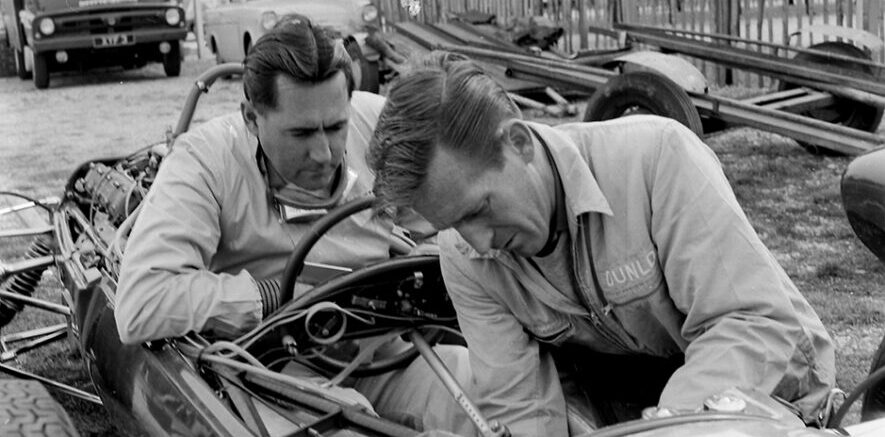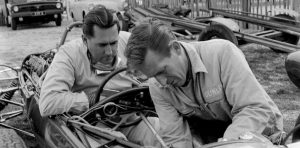The second of my articles for clothing brand House of Foxy’s menswear line 20th Century Chap. This was published in June 2016 in preparation for the Goodwood Revival.
This article is no longer online, so below is the original article in full.
Chap Talk – Goodwood Revival Style
From its conception, motor racing has been the playground for the rich and famous. Its mixture of death-defying speed and cutting edge technology fitted perfectly with the post-industrial Edwardian society, and racetracks soon became the go-to hangouts for the glamorous and well-to-do, especially the young and influential ‘Bright Young Things’ returning with a blithe attitude to life from the battlefields of France.
In post-Second World War England the place to be for motor racing was the Goodwood Circuit near Chichester, West Sussex and its Glover Trophy; the testing ground for that most famous of motor races; the Formula One.
Since 1998, to celebrate 50 years since the inaugural race at the circuit, the venue has hosted the ‘Goodwood Revival’, a three-day festival reliving the glory-days of racing there. Covering the circuit’s active years, from its tenure in 1948 until its final race in 1966, the Goodwood Revival is now one of the most popular celebrations of the history of post-war motor racing in the World, with societies wealthy and well-known in attendance, alongside celebrities from music, television and film and dignitaries of the motor racing world past and present.
To its attendees, the Revival is an excuse to dress-up to-the-hilt in the fashions and style of the period covered, so here’s our little guide to dressing the part if you fancy popping along and hanging out by the track…
Post-war perfect
The post-war world of motor racing was still very much a part of the elite, privileged, and moneyed, sector of society, so the sporting ‘country’ look for the upper classes was still the three-piece, single-breasted tweed suit, tattersall shirt, silk or woollen tie and brogues. Tweeds can be mixed-and-matched as deftly demonstrated by our friend Bertie Wooster here:

The average middle-class trackside dweller however, still dealing with wartime shortages and the continuation of rationing, had to make-do with the ’30s/’40s look of a double-breasted suit and tie – like this ‘demob’ suit from Moss Bros:
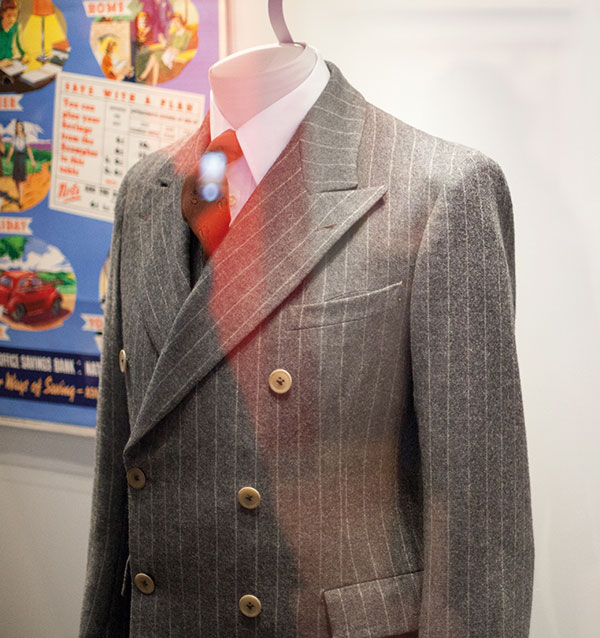
The Sporting special
As the ’50s progressed, motor sport gained in popularity and become more accessible to the masses, and so trackside style started to relax. The old traditions of country tweeds got replaced with the mix-and-match style of sports jackets and plain trousers, worn with an open shirt and no tie or perhaps cravat. As you can see the Duke of Edinburgh was a particular fan of this style:
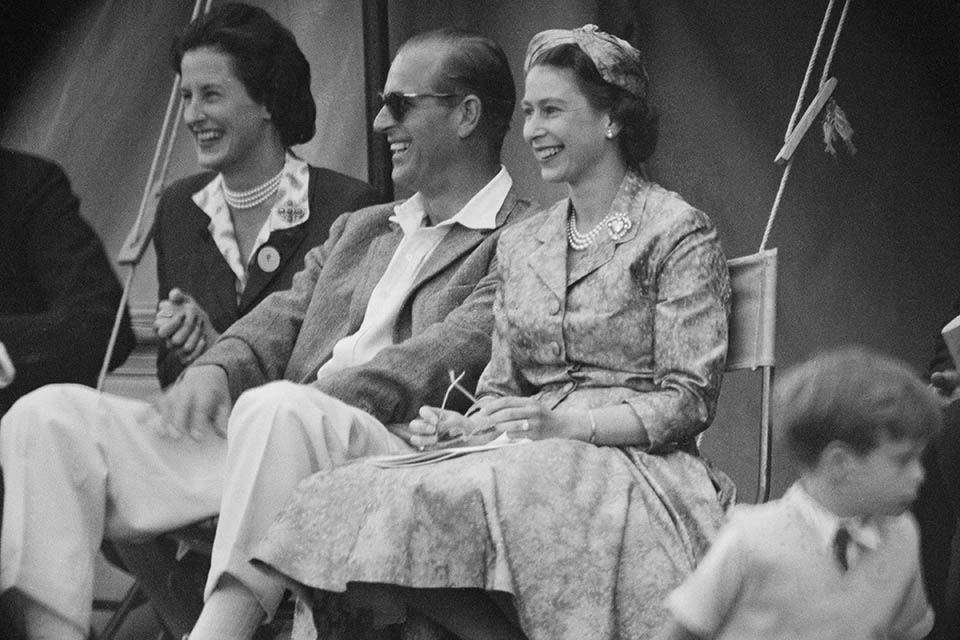
If this is a little too relaxed for you then the classic ‘club’ style of plain grey suit, white (long or short-sleeved) shirt and ‘club’ tie might be better, as seen here sorted by Goodwood’s own Stirling Moss:
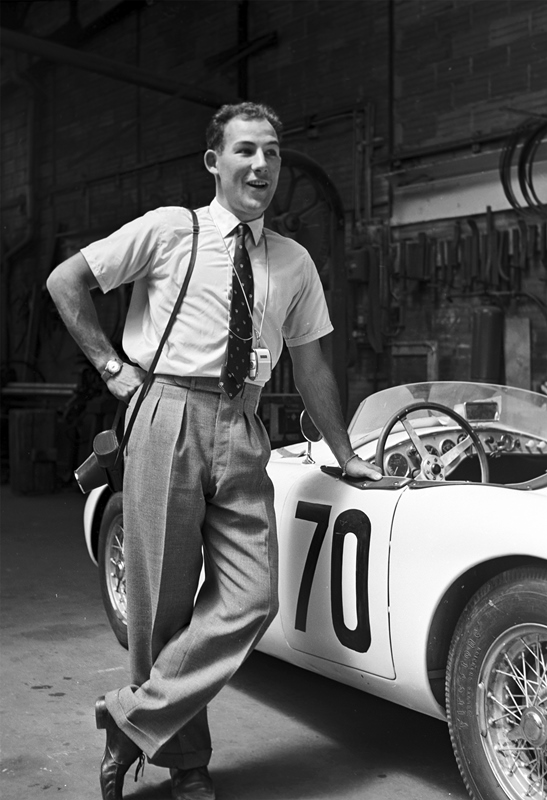
The Dandy man
Heading into the ’60s, motor racing and the worlds of fashion started to collide and the Carnaby Street styles of the ‘Dandy’ were seen trackside. Drainpipe trousers with a four-button jacket, Chelsea boots and brightly coloured paisley ties are the order of business, or for a more ‘European’ look loosen the top button (or loose the shirt in favour of a t-shirt) and tie a scarf round your neck, remember to never remove those sunglasses though.
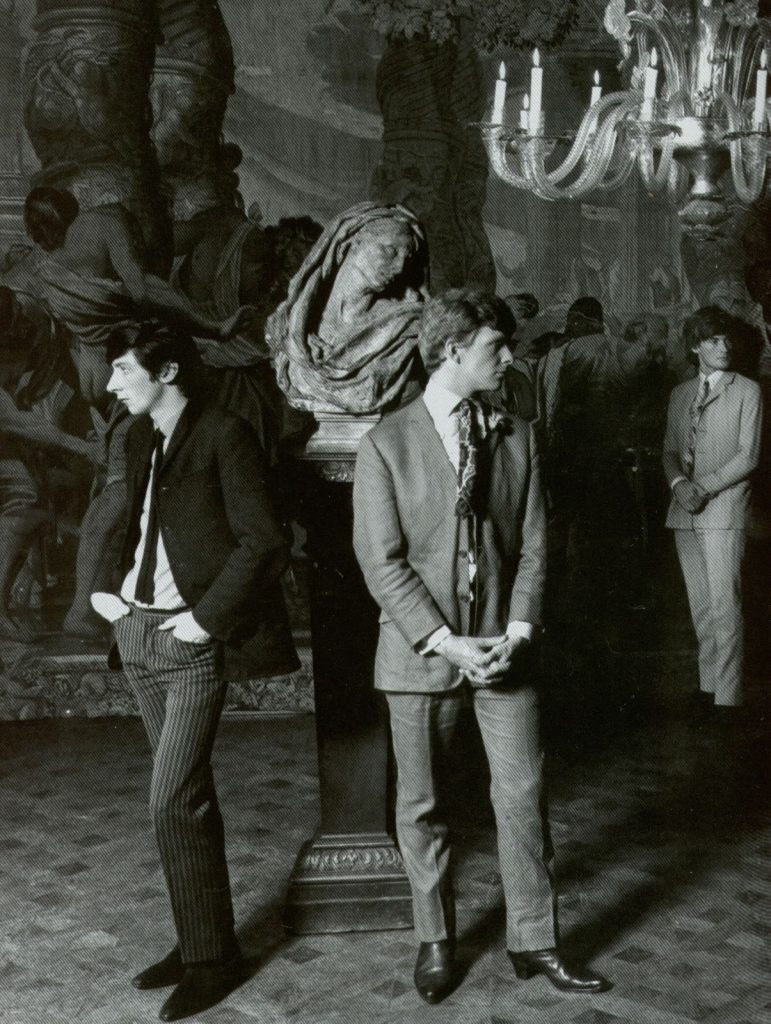
The pits
If you’d like to ‘swerve’ anything involving a suit altogether then another timeless look to emulate is the classic pit-crew or mechanic style, just pop a full set of overalls over the top of shirt and tie, you can even top it off with a flat-cap for a more early ’50s look.
